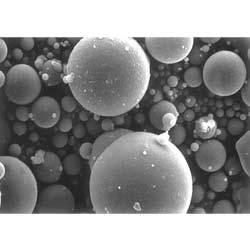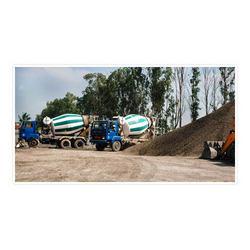Ashtech India Private Limited
Product Range
Fact Sheet
- Location:Maharashtra, India
- Year of Establishment:1997
- Business Type:Manufacturer, Distributor / Wholesaler, Exporter
- Turnover:Rs. 50 - 500 Crore
(or USD 10 Million - USD 100 Million) - Main Products:Fly Ash, Super Pozz
- Reviews & Rating:
Get Verified, Sell more with
- Buyer's trust
- Faster conversions
- Better Rankings
- More
Its Free
Verify NowAbout Fly Ash
More than 2,000 years ago, long before modern power plants began producing coal fly ash, the Romans used volcanic ash to harness the power of pozzolanas.
- FOB PriceNA
- Min Order QuantityNA
- Payment TermsNA
Other Details
History More than 2,000 years ago, long before modern power plants began producing coal fly ash, the Romans used volcanic ash to harness the power of pozzolanas. In fact, the term pozzolan is derived from the name of an Italian city, Pozzuoli, which is the birthplace of ash concrete technologies. In recognizing that volcanic ashes were capable of forming effective cements when combined with lime, the Romans widely exploited this pozzolanic property. The fine volcanic ash, containing silica and alumina, combined chemically with the lime to form stable, insoluble compounds of cementitious value. The new cement became known as pozzolanic cement. Who would have known that this technology will have such far reaching effects on building and construction industry of today? Famed Roman structures such as the Pantheon and Colosseum as well as many aquaducts and roads, are still standing because of the durability of their ash-based concrete. The modern recognition that fly ash is ‘pozzolanic’, has led to its use as a versatile ingredient for improving the performance of concrete in a wide range of applications. Fly ash has a successful history of use around the world for over 80 years. The most prestigious projects of recent times have relied on fly ash concrete, including high-rise structures, dams, roads, nuclear power stations, bridges and tunnels. Indeed, it is hard to think about concrete construction without considering the use of fly ash. This has been based on sound engineering and economic benefits, although more recently the use of fly ash for improving durability has become an increasingly important consideration.
Images








